Scientists estimate that about 2/3 of the world's population is affected by this or that parasitic disease. Among the various parasites in the human body there are the most dangerous, which not only cause discomfort to the patient, but can also cause dangerous complications, including death. In our article we will tell you everything about parasites, that is, we will describe the most terrible parasites and we will list the symptoms of the most dangerous helminths.
Varieties of pests
There are several types of worms and protozoa that live in the human body:
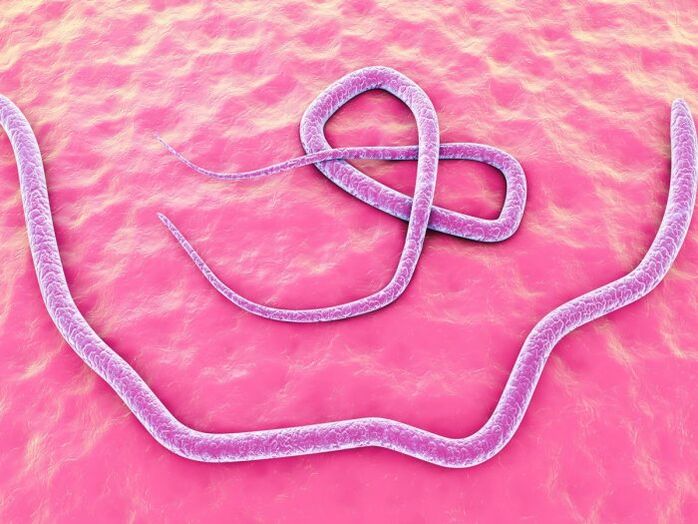
- Helminths. These worms usually live in the gut, but are likely to settle in the liver, brain, lungs, heart, kidneys, muscles and other organs. Worms cause dangerous diseases and complications.
- Parasitic protozoa and multicells (protozoan parasites). These parasites are common in different latitudes. These protozoan human parasites can infect the intestines, eyes, brain, esophagus, heart, muscles, and nerves, liver, skin, and even the urogenital system. The most common protozoan parasites that live in humans are lichens, bulbs, toxoplasmas, Trichomonas, blastocysts, etc.
- Other organisms that are also parasites on humans are lice, insects, ticks, fly larvae. Their name is ectoparasites. They can parasitize not only the surface of the skin, but also wounds, hair follicles and eyelashes.
- Other parasites are species that most often affect the subcutaneous tissue, but can parasitize the urethra and nasopharynx. These are the larvae of some flies, mosquitoes, sand fleas.
We have listed the basic types of parasites in humans. But if we talk about the types of parasites that live in the human body in our latitudes, then the most terrible of them are the following:
- pork ribbon?
- wide ribbon?
- pinworms;
- Chinese upset?
- round worm?
- fluke;
- Trichinella;
- cell?
- whipworm
- dwarf movie?
- bullish tapeworm;
- hepatic impairment?
- pulmonary disorder?
- echinococcus.
The diseases they cause
The most dangerous parasites that live in the human body can cause a variety of diseases. Very often, a disease caused by a particular parasite bears the same name as it. Thus, different types of parasites in the human body can cause the following diseases:
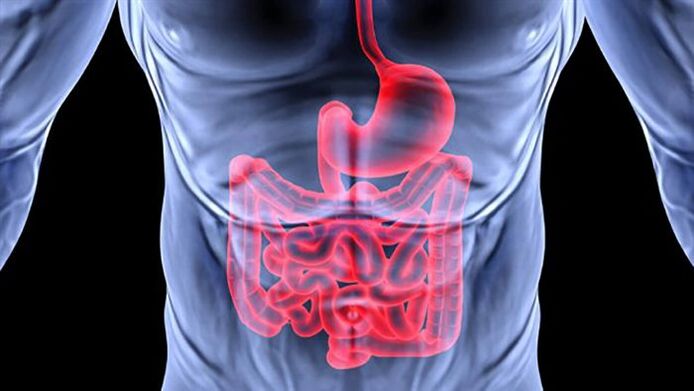
- Some parasites inside a person (flukes) cause trifles. Outbreaks appear when movies are affected.
- if an adult or child has worms in the gut, then they are diagnosed with nematodes.
- leeches cause iridination.
- Flowering is caused by scratching.
However, parasites in the human body can infect more than one organ. Depending on the location of the parasites in the human body, the following parasitic diseases are distinguished:
- If the eyes are affected, tumors, emigration, cysticercosis and myiasis may occur. Diseases of the gastrointestinal tract, caused by monocyte parasites and helminths, - ascariasis, trichinosis, hookworm, enterobiasis, intestinal myositis and transgenic.
- Brain diseases - echinococcosis, toxoplasmosis, blistering and cysticercosis.
- Dermatological diseases - scabies, head lice, scabies, aging, thrombosis, pneumonia
- Pathologies of the lungs - echinococcosis, ascariasis, mite, alveolar, toxin, etc.
- Liver disease - histocrisis, alveoli, echinococcosis, cloning;
- In the mouth, ears and mouth, parasites can cause different types of myiasis.
- Heart pathologies - dirofilariasis and echinococcosis? Diseases of the genitourinary system - cell, urea muscle, echinococcosis?
- Vascular pathologies - filariasis and schistosomiasis.
Symptoms
What are the parasites in the human body, we have examined. Now let's look at the main symptoms caused by the simplest human parasites and various types of worms. It is worth noting that the cysts of pathogenic worms and protozoa often become a cause of infection, which can remain in the external environment for a long time, waiting for the right time.  When in favorable conditions of a person's indoor environment, larvae emerge from the cysts, which actively develop into adults.
When in favorable conditions of a person's indoor environment, larvae emerge from the cysts, which actively develop into adults.
Separately, it is worth explaining what cysts are. Most often, cysts form the simplest single-celled organisms, bacteria and proteins. Protozoan cysts are a temporary form of an organism's existence under adverse conditions. In fact, it is a protective enclosure. Bladder formation occurs at a certain stage of the parasite's life cycle or under adverse conditions.
Ascuria
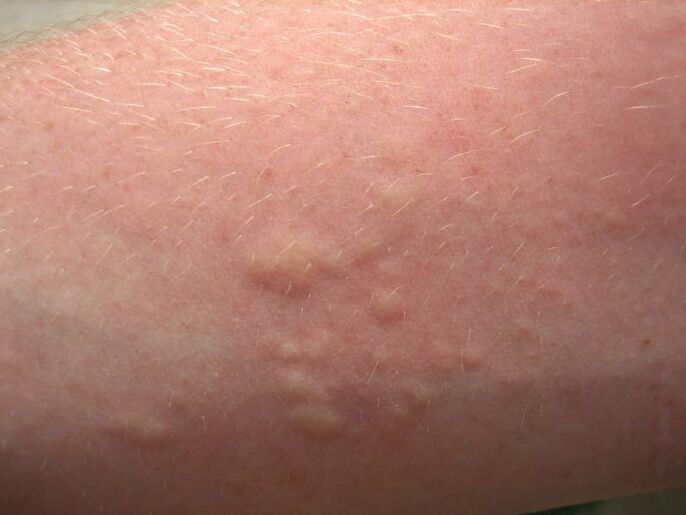
The disease is caused by worms. These parasites can live exclusively in the human gut. The complex of symptoms depends on the intensity of the invasion and the age of the patient. The common signs of the disease are:
- itchy allergic rash (such as a blistering or urticarial rash).
- feverish condition?
- general malaise?
- excessive sweating
- weakness?
- enlarged liver?
- in the migratory stage: shortness of breath, cough, wheezing
- loss of appetite
- diarrhea and constipation?
- nausea?
- on the part of the central nervous system: irritability, sleep and memory disorders, convulsions, meningitis.
- Liver abscess, obstructive jaundice, appendicitis, pancreatitis and obstruction can develop with massive invasion.
Teniarinhoz
This disease causes bovine tapeworm. In the early stages, the disease is asymptomatic and can last for years. Sooner or later, the following symptoms appear:
- gravity in the epigastrium?
- nausea, heartburn
- increased salivation?
- figure?
- appendicitis, intestinal obstruction, bile duct obstruction.
- weight loss in the context of increased appetite.
- vitamin deficiency?
- allergic reactions?
- dizziness, weakness, sleep disturbance, increased nervousness and irritability.
- hypertension and tachycardia.
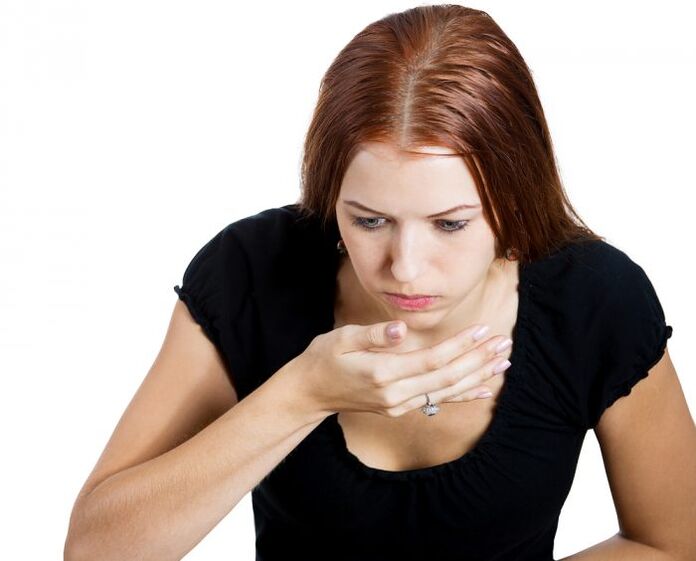
Enterobiasis
Pinworms cause this disease. This is the most common parasitic disease. Its symptoms are as follows:
- itching in the anus, worse at night.
- scratching and redness in this area?
- sleep suffers, bruxism, drowsiness, lethargy appear.
- loss of appetite
- abdominal pain, urinary incontinence in children
- unstable stools, nausea, flatulence, vomiting
- allergic reactions.
Toxocariasis
Tozocara worms can infest various tissues and organs of a person. But regardless of the location, they always cause allergic reactions in the body, proceeding according to the following formula:- Skin rash that looks like mosquito bites. The rash can appear on various parts of the body. Bronchial asthma, manifested as a dry persistent cough with a small amount of sputum. Quincke's edema. A person has swelling of the skin on the face and neck, which can lead to suffocation and death.
As the toxicity worsens, the patient's temperature rises, symptoms of intoxication appear with loss of appetite and headaches, the lymph nodes increase.
Nectosis (bracket)
This disease is caused by helminths called nekator and hookworm. The invasion is manifested by the following set of symptoms:
- When the larvae enter through the skin, dermatitis, urticaria and various rashes appear. At the point of penetration, there is swelling, itching and burning. The invasive period lasts up to 12 days.
- The migratory stage is also accompanied by allergic manifestations. In this case, the airway is injured and bronchitis, pneumonia, tracheitis and laryngitis occur. The patient has a fever, cough, shortness of breath and hoarse voice.
- In two months the intestinal stage of the disease begins. At this stage, there are symptoms of iron deficiency anemia and duodenitis. The patient has increased irritability, fatigue and sleep disturbances. Women have menstrual irregularities.
Important! In childhood, hookworm infection can cause mental and physical retardation.
Giardiasis
Giardia is a parasitic protozoan disease. A quarter of the population has an asymptomatic transmission of this microorganism. In the acute stage, the following signs appear: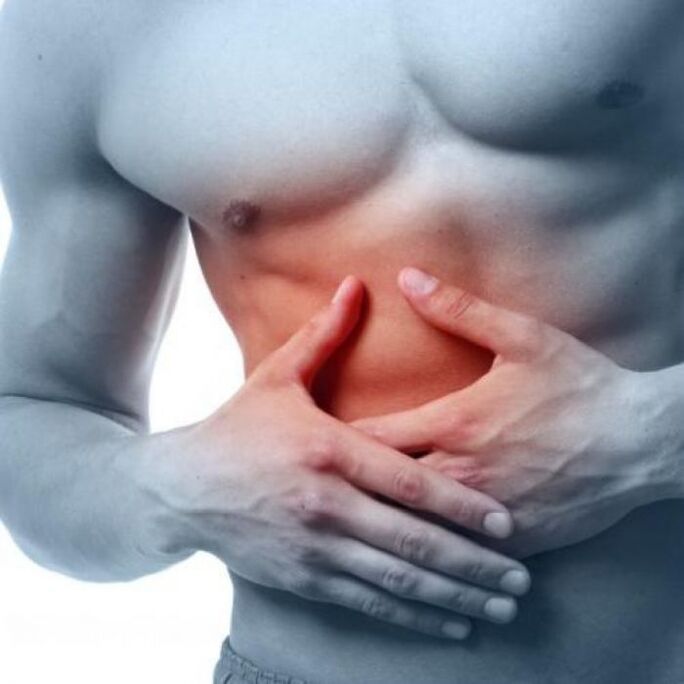
- gastrointestinal tract dysfunction.
- the patient suffers from pain in the right hypochondrium and in the area around the navel.
- flatulence, decreased appetite, belching, nausea are observed.
- diarrhea alternates with constipation, there may be frequent (up to 5 times) foamy stools.
- with a subacute course, the intestinal symptoms persist, the patient loses weight.
- with mass invasion and fever.
- children have itching, urticaria and fainting.
- protozoan cysts are found in the faeces during the fecal program.
Amoebiasis
The disease is caused by a histological amoeba. The disease can be asymptomatic or symptomatic. There are two forms of the disease: extraintestinal and intestinal. These protozoa can affect the brain, lungs, skin and urogenital system. But the most common is intestinal dehydration. Its symptoms are as follows:
- At the beginning of the disease, diarrhea occurs with frothy stools and then feces such as raspberry jelly come out. Their frequency is up to 20 times a day.
- severe pain is located on the right side of the abdomen.
- mild sub-fever condition.
- after 6 weeks the acute procedure can be reduced.
- examination can reveal protozoa in the stool.
Important! Amoebiasis never goes away on its own and often goes away. If left untreated, an amoeba forms, which leads to intestinal obstruction.
Bifurcation

Wide film is the culprit of this disease. This revenue representative causes the following clinical picture of the disease:
- weight loss, irregular stools, decreased appetite.
- low temperature?
- fatigue?
- cramps in abdominal pain?
- anemia, weakness, dizziness, increased heart rate
- fragments of the worm are found in the feces.
- painful cracks appear in the mouth.
- Depression and increased irritability.
Tension
The disease is caused by the pork ribbon. The parasite is located in the small intestine and causes the following symptoms:
- constipation, vomiting, diarrhea, nausea
- vomit and feces may contain parts (proglottids) of the parasite.
- anal itching, abdominal pain?
- sleep suffers, dizziness occurs.
Echinococcosis
Echinococcus can be asymptomatic for a long time. Then there is pain in the area of echinococcal cyst formation. Usually, the symptoms are characteristic of neoplasms of a specific organ. When bladder rupture occurs, general intoxication, anaphylactic shock and urticaria.
Types of parasites living in the human body
All types of parasites in the human body have a detrimental effect on their health. They infect organs, feed on nutrients necessary for human life and release harmful toxins. That's why it's so important to get rid of them in time.
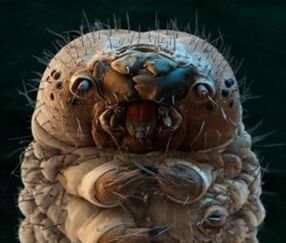
The human body is affected by various parasites, some living inside the body, others on its surface. They differ in size, in the way they enter the body, in the characteristics of their vital functions.
What parasites live in the human body? How to get rid of them? What preventive measures are there? These issues will be discussed below.
Classification of pests
Human parasites are very common, divided into groups:
- Endoparasitesare organisms that parasitize an individual. This group, in turn, is divided into protozoa (consisting of a single cell) and helminths (worms). The simplest parasite in the human body is the amoeba, the lamprey, the Trichomonas, the toxoplasma. As for the worms, here again there is a division into round worms (nematodes), levels and bands.
- Exoparasitesare organisms that parasitize the surface of the human body - lice, ticks, fleas, bedbugs. Apart from the fact that they feed on human blood, they cause great inconvenience (stings, burns, skin wounds), they carry quite dangerous diseases: typhoid, charcoal, trypanosomiasis and others.
- Giardia.Giardiasis infection is an oral faecal mechanism. After the cysts (which have not yet formed parasites, are covered with a protective film) are removed from the anus of a sick person, they spread to vegetables, fruits and other foods. Through washed hands, stagnant water, poorly washed fruits and vegetables, the cysts enter the human oral cavity, from where they safely reach the intestines, where they again turn into adults and multiply again. The result is a vicious cycle that will continue until adequate treatment is provided and hygiene measures are followed. The symptoms of the disease are weakness, fatigue, headache, diarrhea, abdominal pain and bloating. Itching may occur in the anus, skin rashes, bronchial asthma. The pathology is characterized by weight loss, anemia and weakening of the immune system. Treatment - Metronidazole, Furazolidone, Tinidazole. The dosage is prescribed by the doctor.
- Toxoplasma. Infection with these protozoa occurs through contact with infected pets. In this case, a person is an intermediate host, as the cycle of sexual development of the parasite occurs in the animal's body. The disease is manifested by a prolonged rise in temperature to subplex levels, general signs of poisoning, the patient has enlarged lymph nodes, joint and muscle pain occur. Also, the functions of the gastrointestinal tract and vision are disturbed, the central nervous system may suffer, there are signs of heart disease and the endocrine system. Combination therapy is recommended - antibiotics of the tetracycline group and sulfonamides.
- Trichomonas.Trichomonas is sexually transmitted, the risk of contact infection is minimal, but it still exists. Symptoms of the disease in women are itching, redness of the genitals, burning sensation and foamy discharge. Men may find it difficult to urinate and excrete. Treatment - drugs against hair follicles.
Pinworm is an intestinal parasite
The most famous indoor parasites are worms. They live in the intestines and cause a disease called enterobiasis. This type of parasite affects not only humans but also monkeys. Risk group - preschool children, according to statistics, enterobiasis is diagnosed in half of children aged 2 to 10 years.
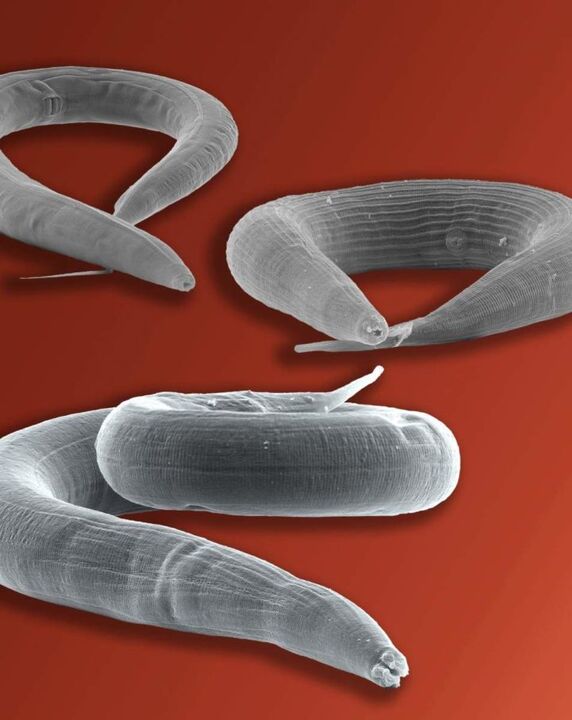
Worms are transmitted from person to person, you can be infected by objects used by a sick person or by shaking hands. The basic condition for transporting snake eggs is not to wash your hands after contact, especially before eating. Worms, or rather their eggs, can be transmitted by flies and cockroaches.
Worms can live only in the intestines, they are particularly comfortable in the small part, in the large intestine and in the cecum. For mating, the parasites select the ileum, from where the female crawls through the anus and lays eggs in the anus. Symptoms of worms on the body are itching in the anus, allergies, fatigue, anemia, abdominal pain, exhaustion.
Levamisole, mebendazole, albendazole and other anthelmintic drugs are prescribed to treat enterobiasis. Worm prevention is based on hand hygiene. They must be washed after visiting public places.Roundworms - roundworms
The length of an adult can reach 40 cm. The worms live in the human intestine, their eggs hatch naturally and then continue to grow in the soil, where they remain until they re-enter the human body. Dirty hands and unwashed vegetables and fruits are ways of being infected by worms. Eggs with a round worm are covered with a shell that does not dissolve in the human stomach and allows the worms to survive and enter the intestines, where mature individuals develop.
Bleeding may be asymptomatic for a long time. Then there are symptoms, which depend on the location and stage of development of the parasite. In the first, migratory ascaris phase, the patient is concerned about fever, cough with sputum, skin rashes, migraines, enlarged lymph nodes, liver and spleen. In the last phase, when the parasite already enters the intestines, fecal disorders are observed (dysentery, cholera-type symptoms, signs of typhoid fever may appear). There are painful sensations in the abdomen, sudden weight loss and fatigue.Wide ribbon
Infection with this parasite occurs through fish. This is the worm's intermediate host. It is not necessary to eat for infection, sometimes just contact with infected fish is enough. That is why it is so important to handle the hands, the knife, the board very carefully after cutting the fish.
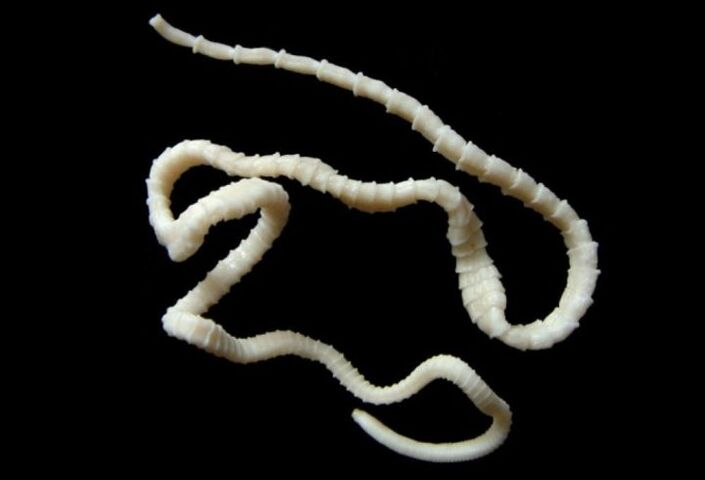
Neither worms nor their larvae are transmitted from a sick person to a healthy person. Symptoms of infection are nausea, vomiting, abdominal pain, increased or decreased appetite, indigestion. The first signs of the disease may appear one or two months after infection. As a result of the long-term presence of the parasite in the human body, pale skin, headache, increased heart rate, decreased blood pressure, weakness, anemia. The treatment aims to kill the worm. To do this, use Praziquantel, Niclosamide.
Taurus movie
The bovine tape can reach 12 meters in length. It is a hermaphrodite that can produce more than 100, 000 eggs, which are excreted in the feces. The eggs fall to the ground and then to the plants, these plants are eaten by cattle. In the body of an animal, the eggs become larvae, which are located in the muscles. If a person eats infected beef, the larvae enter the intestines. The larvae are not transmitted from person to person.
Adult worms have a head with four suction cups, a neck and a body made up of parts. The number of sections is constantly increasing, the mature sections can be separated from the worm and crawled from the human intestine.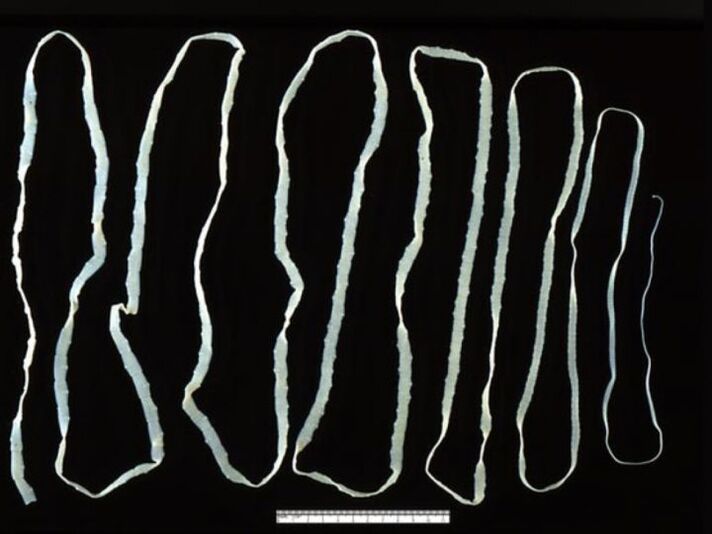
Symptoms of the disease are nausea, vomiting, indigestion, increased salivation, dizziness, weakness, nervousness, fatigue, abdominal pain of uncertain location, allergies, diarrhea.
To remove the bovine tape from the body, there is a scheme consisting of 3 stages: preparatory (cleansing the body), treatment with antiparasitic drugs (Biltricid, Praziquantel, Niclosamide), rehabilitation (diet, herbal medicines).
Pork ribbon
A person can be infected with pork tape from dirty hands, poorly cooked meat, dirty water, an infected person can release strips of tape and larvae into the environment with vomit and feces. 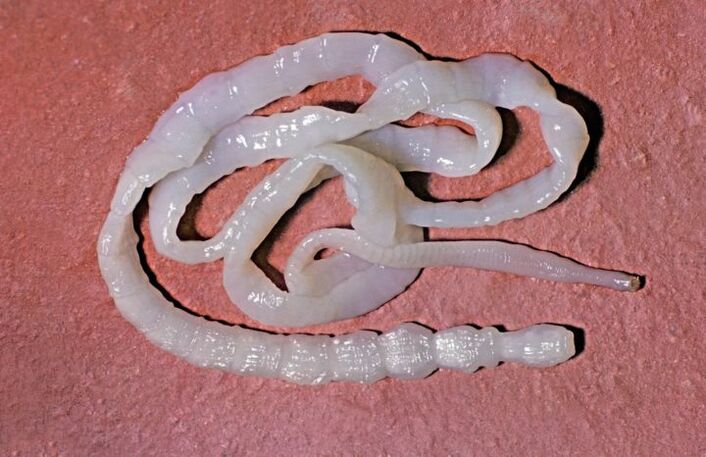 The worm can live in the human body for up to 15-17 years, it sticks to the intestinal mucosa and its larvae can spread throughout the body with blood flow and attach to any organ. It is especially dangerous if the larva enters the brain.
The worm can live in the human body for up to 15-17 years, it sticks to the intestinal mucosa and its larvae can spread throughout the body with blood flow and attach to any organ. It is especially dangerous if the larva enters the brain.
Pork ribbon can affect the small intestine, liver, brain, visual organs, muscles, etc. If the tape affects vital organs, then a person may experience paralysis or even death.
Symptoms of pork tape: allergic reactions, abdominal pain, nausea and vomiting, weakness, dizziness, headache, weight loss, itching in the anus. The worm infects the intestinal mucosa, so the symptoms are very similar to enteritis.
Treatment consists of taking drugs that have paralysis in the worm, as a result of which it cannot remain in the intestinal wall and come out. But at the same time, it emits a large amount of toxic substances, which can cause anaphylactic shock in a person. Therefore, treatment should only be performed under the supervision of a physician.
Parasites in the mouth
Parasites in the human mouth can usually be represented by the following species:
- Trichomonas;
- mouth amoeba?
- Diptera larvae (oral myositis).
The clinical picture may be as follows:
- allergies?
- weakness, weight loss
- bad breath?
- sense of movement in the larynx?
- itching and sweating
- nausea, loss of energy.
Worms that live in the mouth can damage teeth, creating purulent deposits on the mucous membrane and tongue. Treatment is prescribed only by a doctor who takes into account the existing symptoms, as well as the types of parasites. A prerequisite for treatment is the examination of all persons who come into contact with the patient.
Summary
Above, not all, even the most common parasites that can inhabit the human body were considered. It is important to understand the great danger of this neighborhood: worms in a person can have very serious consequences and ultimately cause the death of their owner. Therefore, it is very important to diagnose the parasites early and get rid of them. As far as precautionary measures are concerned, they mainly consist of the hygiene and the quality of the cooked meat that is consumed.








































